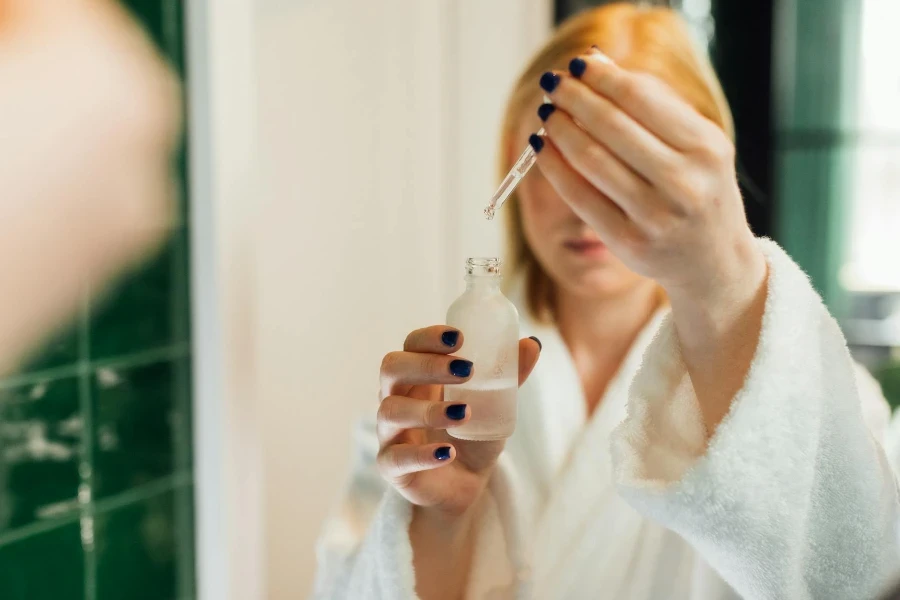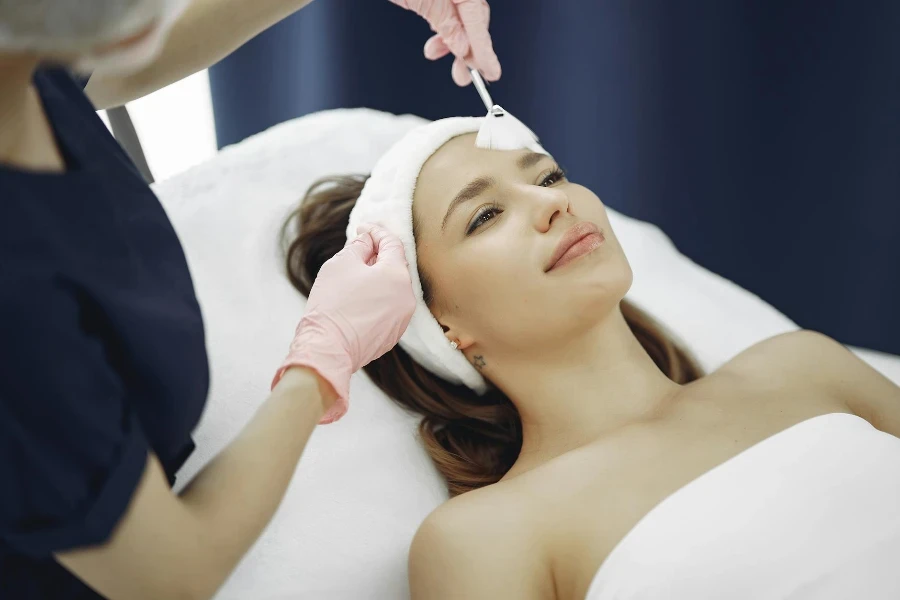The quest for flawless skin is a journey many embark on, but few know the right paths to take. In the vast landscape of beauty and personal care, advanced clinicals retinol stands out as a beacon of hope for those looking to rejuvenate their skin. This article delves into the essence of retinol, its benefits, application tips, potential side effects, and how to integrate it into your skincare routine for optimal results.
Table of Contents:
– Understanding advanced clinicals retinol
– The undeniable benefits of retinol for your skin
– How to apply retinol for maximum effectiveness
– Navigating the side effects of retinol
– Integrating retinol into your skincare routine
Understanding advanced clinicals retinol

Retinol, a derivative of Vitamin A, is celebrated for its profound impact on the skin. Advanced clinicals retinol products are specifically formulated to harness this compound’s power, offering a targeted approach to skin care. These formulations are designed to penetrate deep into the skin’s layers, promoting cell turnover and collagen production. The science behind retinol is robust, with numerous studies highlighting its efficacy in treating a myriad of skin concerns.
The journey of retinol from a mere vitamin to a skincare staple is fascinating. Initially recognized for its vital role in vision and bone growth, its skin rejuvenation properties were a serendipitous discovery. Today, advanced clinicals retinol products are synthesized to deliver the right concentration of retinol, ensuring safety and effectiveness.
Choosing the right retinol product is crucial. Factors such as concentration, formulation, and packaging play a significant role in the product’s efficacy. It’s important to select a product that aligns with your skin type and concerns, ensuring that the retinol works in harmony with your skin.
The undeniable benefits of retinol for your skin

Retinol’s benefits for the skin are wide-ranging and profound. Foremost among these is its ability to diminish the appearance of fine lines and wrinkles, making it a cornerstone in anti-aging skincare. By promoting cell turnover, retinol helps to reveal fresher, younger-looking skin beneath the surface.
Beyond its anti-aging prowess, retinol is also effective in combating acne. It works by unclogging pores, reducing the occurrence of breakouts, and fading acne scars. This dual action makes it a versatile ingredient suitable for various skin concerns.
Moreover, retinol can enhance skin texture and tone, offering a more even and radiant complexion. Its ability to stimulate collagen production is key to this benefit, as collagen is essential for maintaining the skin’s elasticity and firmness.
How to apply retinol for maximum effectiveness

For retinol to deliver its promised benefits, correct application is paramount. Starting with a low concentration and gradually increasing it allows your skin to adapt without causing irritation. It’s recommended to apply retinol products at night, as sunlight can diminish their effectiveness.
A pea-sized amount of retinol is sufficient for the entire face. After cleansing and drying your skin, apply the retinol evenly, avoiding sensitive areas such as the eyes and mouth. Following up with a moisturizer is crucial, as retinol can be drying.
Patience is key when using retinol. While some may notice improvements within a few weeks, significant results typically take several months to manifest. Consistency and adherence to a well-structured skincare routine are essential for achieving the best outcomes.
Navigating the side effects of retinol

While retinol is a powerhouse ingredient, it’s not without its side effects. Commonly reported issues include dryness, redness, and peeling, particularly during the initial weeks of use. These symptoms are generally mild and temporary, as the skin adjusts to the retinol.
To mitigate these side effects, it’s advisable to introduce retinol slowly into your skincare routine. Starting with applications once or twice a week and increasing frequency as tolerated can help minimize discomfort. Additionally, using a hydrating moisturizer and sunscreen during the day is essential to protect the newly sensitized skin.
In rare cases, severe reactions may occur. If you experience intense irritation or allergic reactions, discontinuing use and consulting a dermatologist is recommended. Tailoring the use of retinol to your skin’s tolerance is key to harnessing its benefits without undue discomfort.
Integrating retinol into your skincare routine

Incorporating retinol into your skincare routine can dramatically enhance your skin’s appearance and health. It’s important to start with a basic routine, ensuring your skin is clean and moisturized before applying retinol. Layering retinol with other active ingredients should be done with caution, as certain combinations can cause irritation.
For those new to retinol, beginning with a lower concentration and using it in conjunction with a nourishing moisturizer can ease the transition. As your skin becomes accustomed to retinol, you can explore products with higher concentrations for increased efficacy.
Listening to your skin is crucial when using retinol. Adjusting frequency and concentration based on your skin’s response ensures that you reap the benefits without overwhelming your skin. With careful integration, retinol can become a transformative element in your skincare regimen.
Conclusion:
Advanced clinicals retinol offers a promising solution to various skin concerns, from aging signs to acne. Understanding its benefits, application methods, and potential side effects enables users to navigate its use confidently. By integrating retinol thoughtfully into your skincare routine, you can unveil healthier, more radiant skin. Remember, patience and consistency are key to unlocking the full potential of retinol in your skincare journey.




